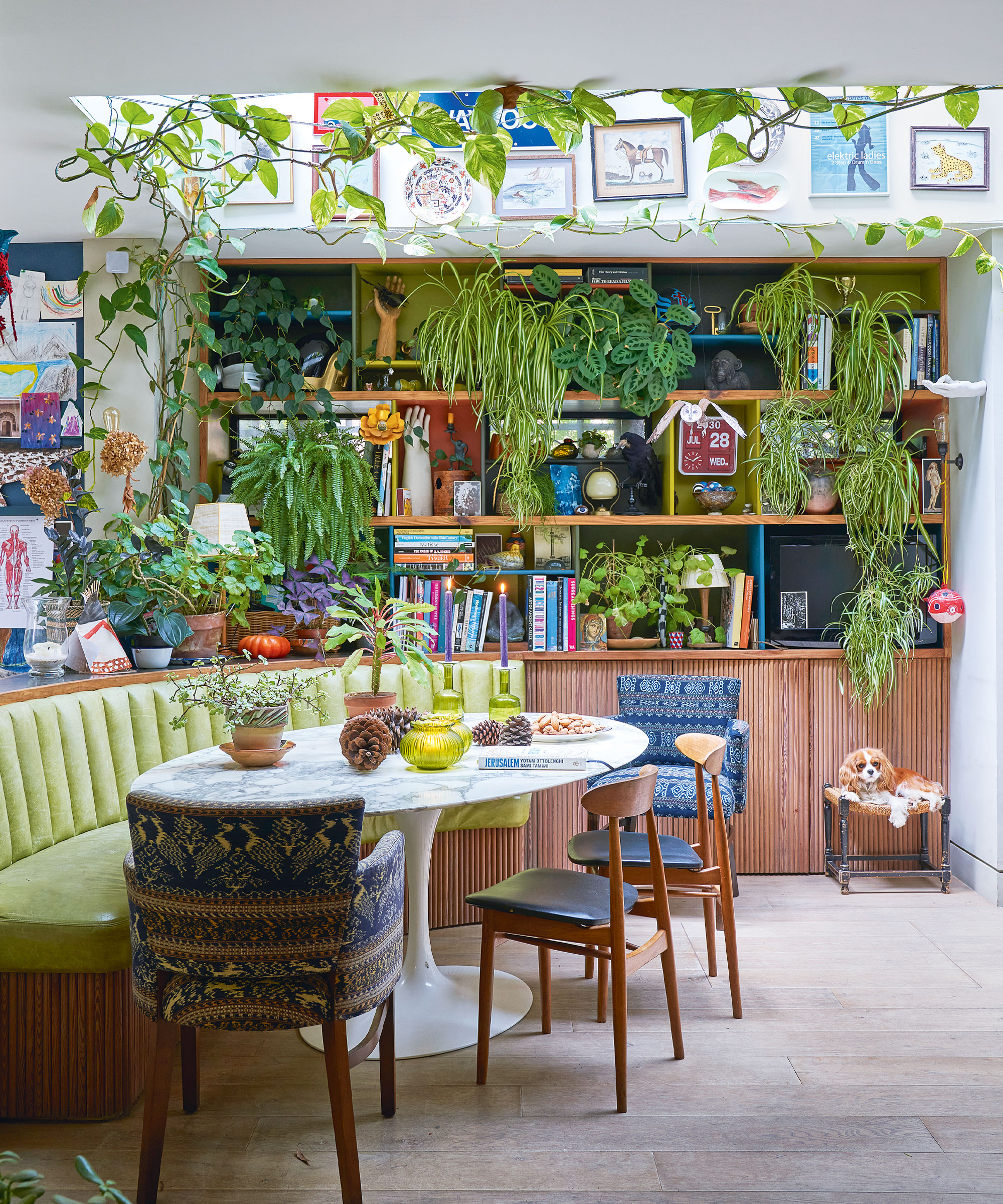
Waterproofing your basement is key to maintaining the structural integrity of your home and creating a comfortable and functional living space. Whether you are looking to convert your basement into a living space, extend your basement or safeguard your property from water damage, waterproofing is essential.
Basements are often susceptible to water leaks, seepage, flooding, and moisture-related issues, so facing the problem head-on and maintaining waterproofing practices will prevent wider issues from developing.
To make the most of your basement and ensure it remains protected from water and moisture-related issues, follow these expert tips.
How to waterproof a basement
The solution for waterproofing your basement will depend on where the problem is coming from, however, combining these steps is a great way to mitigate water from infiltrating your basement.
'A combination approach can be highly effective for comprehensive basement
waterproofing. It combines exterior and interior methods to create multiple
layers of protection against water intrusion,' says Hashi Mohammed, president of Ivy Cleans. 'Begin with exterior waterproofing to prevent water from reaching the foundation. Follow this with interior waterproofing to manage any residual moisture or minor leaks that may occur. This dual strategy offers a robust defense against basement water issues.'
1. Identify potential water sources

Before you begin to waterproof your basement, it is crucial to identify potential water sources. This could include cracks in the foundation, water seeping through the walls, or inadequate drainage.
Conduct a thorough inspection of the exterior and interior of the basement to pinpoint any possible sources of water infiltration and identify cracks.
2. Exterior waterproofing

'An effective method to waterproof a basement involves exterior measures,' says Hashi Mohamed. 'The process begins with excavating the soil around the foundation walls down to the footings. It is crucial to thoroughly inspect the foundation for any cracks or structural issues which should be repaired.
'Next, apply a waterproofing membrane or coating to the exterior foundation walls, creating a barrier against water infiltration and moisture seepage.' You can use this waterproof membrane, from Amazon.
'The exterior basement walls should be sprayed with a liquid tar or rubber-like substance that prevents any water from penetrating the concrete walls... and no, concrete is not waterproof,' warns Drake Johnson, foundation expert at Five Pillars Nation.
3. Interior waterproofing: seal gaps and cracks

Next, waterproof the inside of your basement to prevent moisture from seeping through.
'First, identify and repair any visible cracks in the basement walls and floor, using a sealant such as hydraulic cement, epoxy, or polyurethane injections to seal the cracks,' recommends Hashi Mohammed.
It’s important to use a basement crack sealer instead of a standard sealant because they are designed to be waterproof and stop leaks. We recommend this LCR epoxy crack sealer and repair paste.
'Once all cracks have been filled, apply a cement-based basement concrete sealant to the walls as well,' advises Peter Duncanson at ServiceMaster Restore. 'Using this specific type of sealer has proven to be one of the more effective waterproofing sealers.
'Use at least two coats, waiting two hours until applying another coat. This step also ensures that all cracks are properly addressed.
'Afterward, you can also use waterproofing paint for your basement walls and any areas with filled-in cracks to provide extra protection against moisture,' such as with this Krete Damplock Masonry waterproofing paint, from Walmart.
4. Proper grading and drainage

'To manage water runoff, a drainage system, such as a French drain, can be installed around the base of the foundation,' says Hashi Mohamed. 'Complete this process by backfilling the excavated area with gravel and soil that promotes proper drainage.'
Peter Duncanson advises, 'If you don’t already have a sump pump in your basement, install one. Water collects in the sump pit and is then pumped out of it and away from the property. This will keep water from the basement to ensure it will remain dry.' We suggest this Wayne sump pump, from Amazon.
To set up an interior drainage system, dig a trench along the inside edge of the basement floor and put in a drain and sump pump to move water out.
Drake Johnson also recommends, 'Lay 'drain tile' around the exterior of the basement and under the concrete floor. The "drain tile" then allows the water to flow into the sump.'
Ensure that gutters and downspouts are diverting water away from the foundation. Furthermore, water can easily infiltrate a basement if the grading around the house is not sloped away from the foundation, so it's important to ensure that the soil around the foundation is sloped away to prevent water from accumulating and seeping into the basement.
You can also incorporate green design elements to waterproof your basement. This could include using eco-friendly waterproofing materials or incorporating green roofs or rain gardens in the surrounding landscape to reduce water runoff. This eco-friendly and sustainable option will not only add to the aesthetics of the space but will also help to prevent water damage in your basement.
5. Regular maintenance

Lastly, regular maintenance is crucial in keeping a basement waterproof. Regularly check for any cracks, seal any gaps or openings, and keep the gutters and downspouts clean to prevent water from pooling near the basement's foundation.
FAQs
What materials should you use when waterproofing a basement?
When designing a basement space, it is crucial to incorporate materials that are waterproof and can withstand moisture, including waterproof paint and moisture-resistant drywall. You should also consider the type of basement flooring. Vinyl can be a preferable water-resistant option.
Can insulating your basement help with waterproofing?
Properly insulating the basement can help regulate temperature and reduce condensation, preventing excess moisture.
Another important aspect to consider when waterproofing a basement is proper ventilation. This will not only help in controlling moisture and humidity levels but also prevent the growth of mold and mildew. Ensure proper ventilation with windows, or ventilation systems.
'Some moisture will penetrate the foundation walls so it's important to keep the humidity controlled in the basement,' says Drake Johnson. 'This can be done with a dehumidifier, which will also control indoor humidity levels and mitigate the risk of mold and mildew.'
'It's worth noting that waterproofing is a complex task, and it is often advisable to seek professional assistance. Consulting with a waterproofing expert or contractor can help tailor these methods to your basement's needs,' advises Hashi Mohamed. 'Maintaining proper drainage around your home and addressing any grading issues can further enhance protection against water problems in your basement.'







